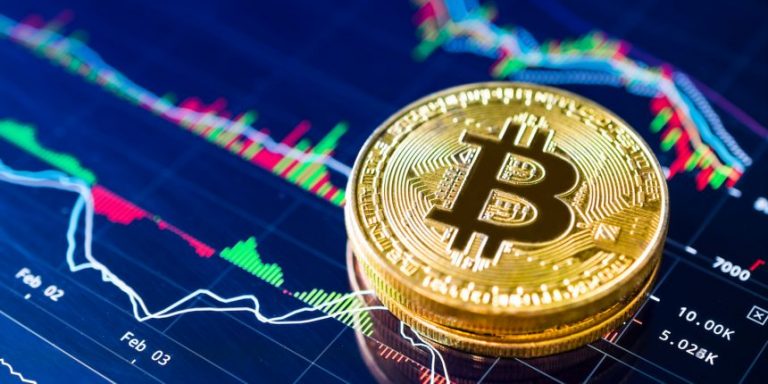It’s no secret the United States government has been printing cash as fast as the printers can create the pretty green. Trillions of new dollars have been distributed to qualifying folks in the form of stimulus payments to tide them over during hard times, but also as a way of “stimulating” a stagnant, recession-plagued economy during the crippling COVID-19 global pandemic.
While the overall effects of the stimulus on the economy have yet to be scene, one thing is for certain, inflation is on the rise, causing some to speculate that we might be entering into a dangerous era of hyperinflation.
Says Forbes, in the past year alone, house prices have gone up 12 percent while the price of lumber has tripled. Shares of companies considered “mediocre” at best, such as American Water Works and the New York Times have climbed to 40 times their worth, while still trailing their overall earnings.
For the average American, the dollar isn’t going nearly as far as it did pre-pandemic when it comes to purchasing hard assets, real estate, and business resources. It’s all the fault of the Federal Reserve running its money printer’s day and night expanding its balance sheet by $3.4 trillion in just one year.
So what can you do to fight inflation on the home front? If you’re an aging American aged 62 or over, and you’ve been living in your family home for decades, you can apply for a reverse mortgage. This is a particularly good hedge against inflation right now since interest rates are still low, but might not remain as such for long.
In short, a reverse mortgage taps into the equity you’ve been building up in your home for many years in the form of monthly mortgage payments. It will allow you to receive a big one lump sum payment or you can opt for monthly payments.
Plus, you can stay in your house until you either decide to move or instead, die. It’s easy to find out how much of a reverse mortgage you qualify for by using a reverse mortgage calculator ( https://reversemortgagereviews.org/reverse-mortgage-calculator).
But a reverse mortgage is just one way to fight inflation and/or hyperinflation. Here are a few others.
Treasury Inflation Protected Securities
According to some financial experts, Treasury Inflation Protected Securities or TIPS are one of the most solid hedges against a runaway Consumer Price Index or CPI. But they are expensive since demand has inflated their prices and at the same time, depressed their overall returns. But if you’re still interested in these types of securities, you should contact a financial expert to find out more.
Lumber Production
Said to be a much-favored inflation hedge by Ivy League endowment managers, timberland is a long-term financial investment. But it’s probably not all that practical for the everyday American to purchase 100 much less 1,000 acres of pine or oak. But you can certainly purchase 1,000 shares from a lumber producer that owns thousands of acres of timberland. 1,000 shares of a lumber producing ETF is said to be an even better choice.
Bitcoin (BTC)
Since there’s a limited supply of Bitcoin or BTC, it will surly hold up as a hedge against the money printers. It’s a simple case of supply and demand. In fact, since its white paper was first introduced by a mysterious figure who calls him or herself, Satoshi, back in the early 2000s, the price of a single Bitcoin has increased 200% on average per year. This one stat alone makes it one of the most lucrative, if not the most lucrative, speculative asset on the planet.
It is however, considered very volatile when it comes to price. Dips or “crashes” of 30 or even 40 percent in a single day are not uncommon. The experts will tell you that the best way to buy Bitcoin is not by using leverage which can be liquidated easily, but instead to “holdle.” That’s not a typo. Rather, it’s a newly invented term that translates into dollar cost averaging whatever Bitcoin you can afford on a daily or weekly basis, and then “holding” on to it both during its run-ups and dips.
Your House
Your house remains one of the single most effective hedges against inflation, especially if you are locked into a fixed-rate mortgage. By owning your own home, you can enjoy tax-free income in the form of rental property if you so choose.
You can also refinance your existing mortgage if you’re still a young or middle-aged owner. Or, if you’re 62 and newly retired, you can invest in a reverse mortgage. While recently home prices have been soaring, in general their costs have been exceeding the CPI by about 1 percent per year.
Gold
Back in the 1970s era of hyperinflation, gold was considered the best hedge against it. But as hyperinflation subsided in the mid-1980s, the 1990s, and beyond, gold became stagnant in price. More recently however, the price of gold has been going up almost in proportion to the amount of money printing enacted by the Federal Reserve. That said, gold bugs complain that its price hasn’t been rising fast enough, causing some to speculate that the ancient store of value is being outshined by its newest digital competitor: Bitcoin.


0 Comments